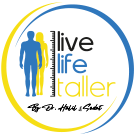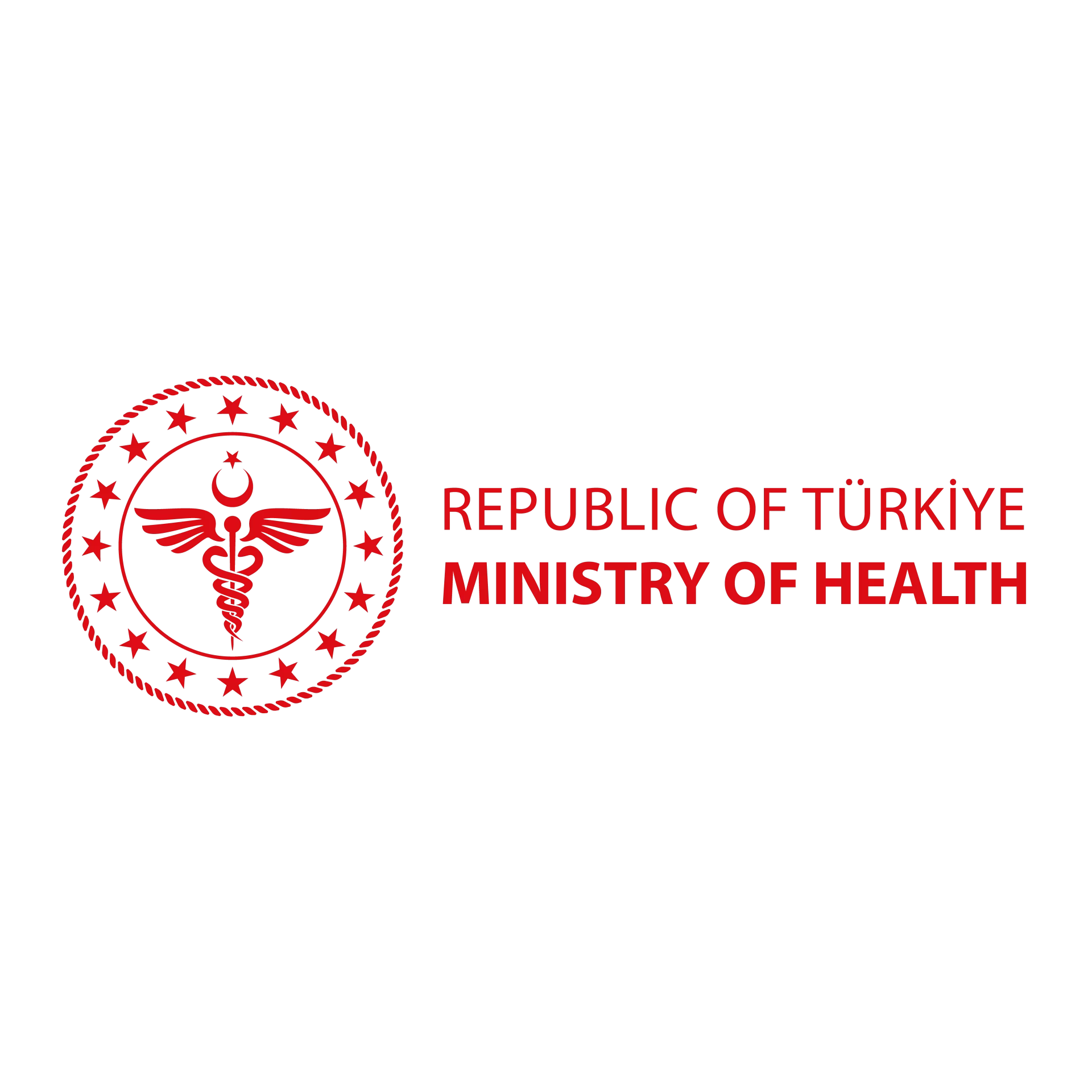
Table of Contents
Toggle5 Tips to Reduce Pain After Height Reduction Surgery
Undergoing height reduction surgery is a significant medical procedure that involves altering bone structure to decrease overall height. While it’s much less common than height lengthening, this surgery may be sought by individuals dealing with specific skeletal imbalances or personal challenges related to stature. Like any surgical procedure, it comes with certain discomforts—particularly during the recovery period.Pain and discomfort are completely normal and expected aspects of the height reduction recovery process. However, with the right care, support, and medical supervision, patients can dramatically ease their symptoms. In this guide, we’ll explore how painful the procedure typically is, what causes that pain, and share five effective strategies to help reduce discomfort and promote healing after height reduction surgery.
How Painful Is the Height Reduction Surgery Procedure Itself?
Height reduction surgery is performed under general anesthesia, so patients do not feel any pain during the procedure itself. Surgeons carefully trim and reposition bone segments to achieve the desired height reduction, often targeting the femur or tibia bones. Once the patient wakes from anesthesia, pain typically begins as the body starts its inflammatory and healing response.Post-operative discomfort can vary depending on the individual’s pain threshold, the extent of height reduction trimming, and the surgical approach used. Some patients may experience sharp pain initially, while others report a dull, throbbing sensation. The surgical team typically provides strong pain management medications during the early recovery period to control these symptoms effectively and ensure comfort.
What Causes Pain During Height Reduction Surgery?
The primary source of pain in height reduction procedures is the intentional trauma caused to bones, nerves, and soft tissues during surgery. When bone is trimmed or shortened, it causes inflammation in surrounding areas including the muscles, ligaments, and skin. This inflammatory response, although natural, can lead to discomfort, swelling, and stiffness in the operated limb.Additionally, height reduction trimming may involve internal fixation methods such as plates or screws, which can add to the initial soreness. In some cases, the disruption to nearby nerve endings can cause temporary tingling or sensitivity. Understanding these sources of pain helps patients mentally prepare for recovery and encourages them to follow post-operative care instructions more diligently.
How Long Does the Pain Last After Height Reduction Surgery?
Pain following height reduction surgery is typically most intense within the first three days after the operation. During this initial period, the body reacts with inflammation, swelling, and tissue sensitivity. Pain medication and rest are crucial during this phase to ensure patient comfort and reduce the risk of complications related to unmanaged pain.After the first week, most patients report that their pain levels begin to decrease. Over the next few weeks, pain transitions from sharp or intense to a more manageable soreness or aching. However, mild discomfort can persist for several months, particularly during physical therapy. Choosing an experienced clinic, such as those offering height reduction Turkey procedures, often leads to faster recovery times and less prolonged pain.
How Is Pain Managed During Height Reduction Surgery Recovery?
Effective pain management after height reduction involves a combination of medication, physical therapy, and at-home care. Surgeons typically prescribe a combination of anti-inflammatory drugs and pain relievers that reduce discomfort while supporting healing. These medications help manage the body’s inflammatory response, which is the main contributor to post-operative pain.Physical therapy is also essential, as it helps restore movement, reduce stiffness, and prevent long-term complications. Ice packs, elevation, and other home-based therapies play a supporting role. Patients undergoing height reduction surgery in Turkey or other specialized centers often benefit from comprehensive recovery plans that include both hospital-based and at-home pain management techniques, ensuring smoother healing with reduced discomfort.
5 Tips to Reduce Pain and Discomfort After Height Reduction Surgery
While medical treatments are essential, self-care also plays a big role in managing pain after height reduction surgery. Following the advice below will help you minimize discomfort, accelerate healing, and get back to daily life sooner.
1. Take Pain Medication as Prescribed
Your surgeon will prescribe pain relievers that are appropriate for your condition and stage of healing. It is crucial to take these medications exactly as directed to stay ahead of the pain, especially during the first few weeks after surgery. Skipping doses can lead to unnecessary suffering and may slow your recovery from height reduction trimming.
2. Incorporate Gentle Movement and Physical Therapy
Avoiding complete immobility is key. Early-stage physical therapy and controlled movement improve blood circulation, reduce stiffness, and prevent joint complications. Starting slow, under medical supervision, helps you manage pain while regaining strength after height reduction surgery.
3. Use Cold Therapy to Reduce Swelling
Applying cold packs to the surgical site during the first week can help reduce swelling and numb localized pain. Cold therapy should be used for short intervals—typically 15 to 20 minutes at a time. This simple technique can significantly improve comfort after height reduction.
4. Maintain a Balanced, Anti-Inflammatory Diet
Nutrition plays an important role in healing. Eating foods rich in antioxidants and anti-inflammatory properties—like leafy greens, berries, nuts, and fish—can help the body repair tissues more efficiently. A strong immune system and proper nourishment support quicker recovery after height reduction Turkey operations.
5. Prioritize Rest and Mental Well-Being
Rest is just as important as movement. Ensure that you’re sleeping enough, minimizing stress, and maintaining a positive mindset. Pain often feels more intense when the body and mind are fatigued. Creating a calm, healing environment aids both physical and emotional recovery after height reduction surgery.
When to Contact Your Doctor About Pain After Height Reduction Surgery
While pain is expected after height reduction, certain signs may indicate complications and should not be ignored. If you experience severe, persistent pain that doesn’t respond to medication, a sudden increase in swelling, redness around the incision site, fever, or numbness in the leg, contact your doctor immediately. These symptoms could signal infection or nerve involvement that requires prompt medical attention.Patients undergoing height reduction surgery in Turkey or abroad should maintain open communication with their medical teams during recovery. Follow-up appointments are essential to track healing progress and make timely adjustments to your recovery plan. Never hesitate to raise concerns—proactive care is key to a safe and comfortable recovery journey.
Op. Dr. Halil Buldu
Orthopedic Surgeon and specialist in Limb Lengthening & Deformity Correction with over 14 years of experiences
Author Page


